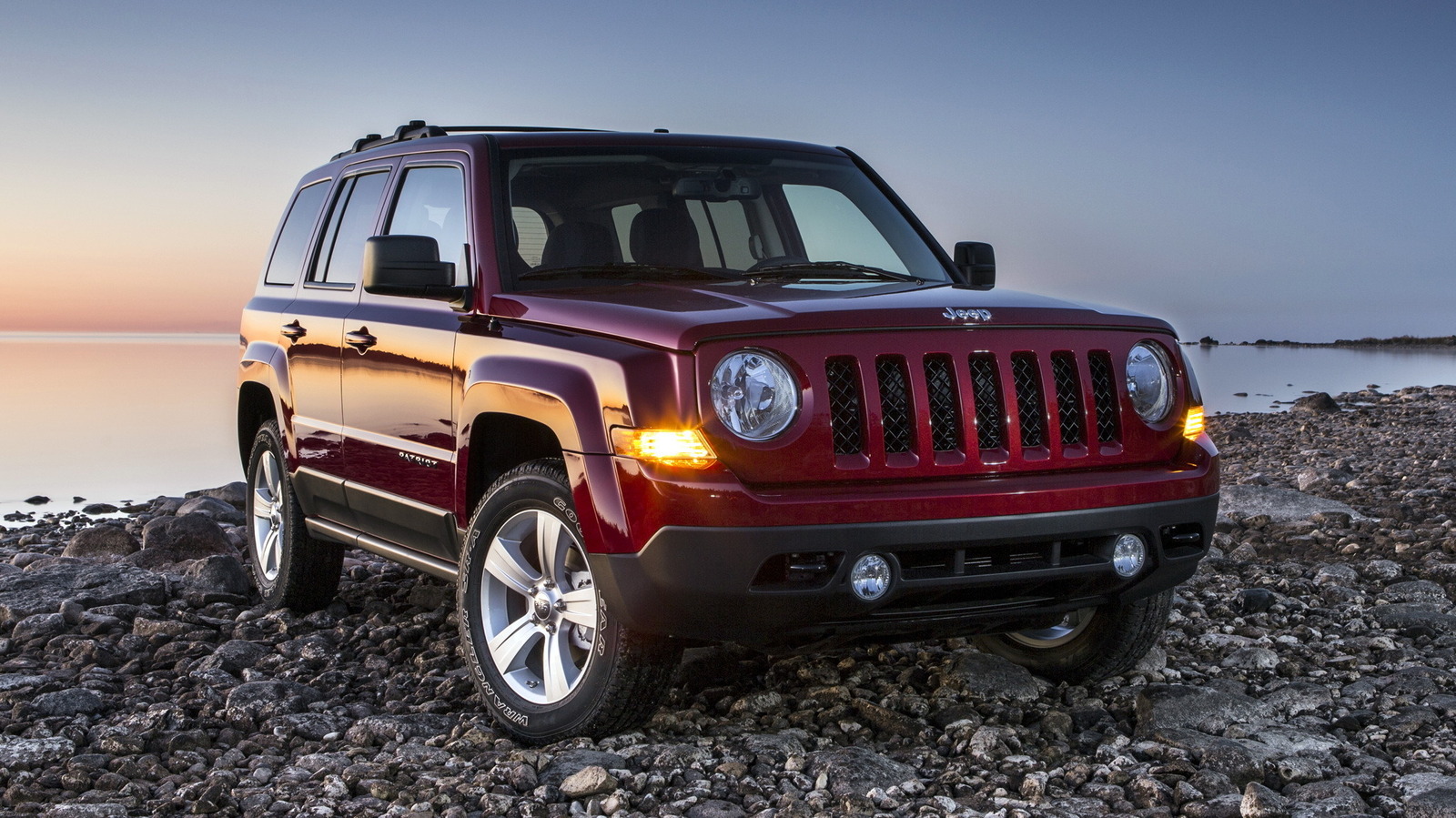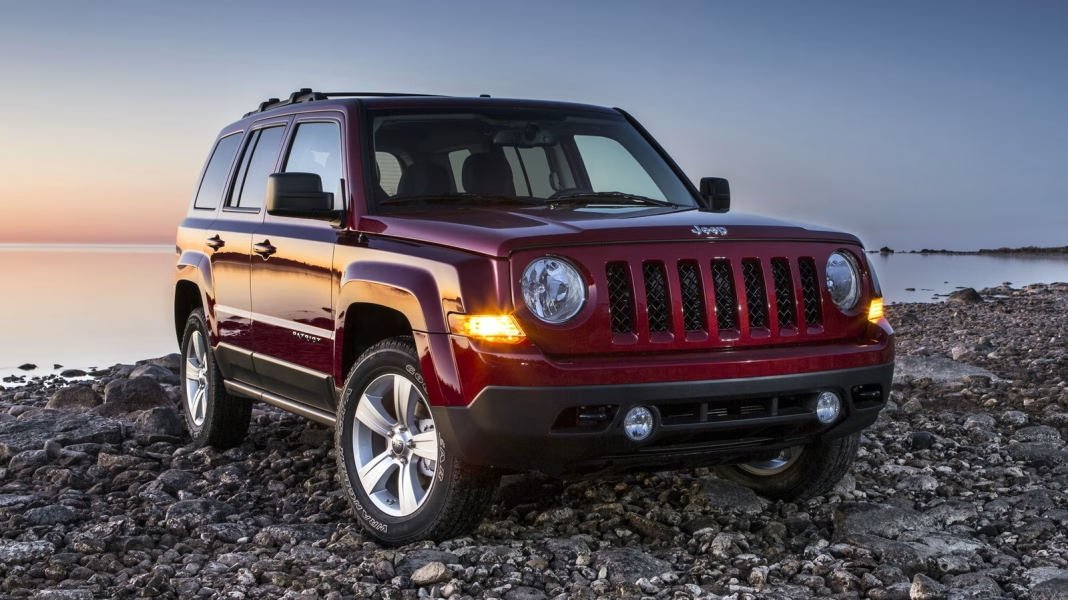Why Are Some Automakers Still Selling Cars They Don’t Build Anymore?
You’d think that once a car rolls off the assembly line for the last time, that’s the end of the story. But in the world of automakers like Stellantis, it’s not unusual to find vehicles for sale that technically aren’t being built anymore. So, what’s going on here? Why do models like the Jeep Patriot sometimes pop up as “brand new” even years after production stopped?
How Do “New” Old Cars End Up on Dealer Lots?
Let’s break it down. When an automaker ends production of a model, it doesn’t mean every single car instantly vanishes from the market. Dealerships often have unsold inventory—sometimes tucked away in storage, sometimes just overlooked in the shuffle of newer arrivals. These vehicles might sit for months, or even years, before someone finally drives them off the lot.
It’s not just a Stellantis thing, either. According to a 2022 report from Cox Automotive, about 3% of new car inventory in the US is made up of vehicles from previous model years. Sometimes, these are cars that didn’t match popular trims or colors, or maybe they were shipped to a region where demand was lower. The result? A “brand new” car that’s technically a few birthdays old.
What’s the Catch With Buying a Car That’s Been Sitting?
On the surface, buying a never-driven, last-of-its-kind vehicle sounds like a steal. But there are a few things to keep in mind. First, cars don’t exactly age like fine wine. Even if a vehicle hasn’t been driven, sitting for years can take a toll—think battery degradation, tire flat-spotting, or even faded paint from sun exposure.
Then there’s the technology factor. That “new” Jeep Patriot might have left the factory with features that felt cutting-edge in 2017, but now? It could be missing the latest safety tech or infotainment upgrades. Kelley Blue Book notes that buyers of leftover inventory often pay less, but they also miss out on the advancements that come with newer models.
Are There Any Advantages to Snagging One of These Leftovers?
Absolutely. If you’re not fussed about having the latest gadgets, you can score a significant discount. Dealers are usually eager to move these cars, sometimes offering incentives or extended warranties to sweeten the deal. Plus, there’s a certain charm in owning the last of a breed—some enthusiasts actually seek out these “new old stock” vehicles for their rarity.
It’s also worth noting that, legally, a car is considered new until it’s titled. So even if it’s been sitting for a while, you’ll still get that new car warranty and the peace of mind that comes with it.
What Should You Watch Out For Before Buying?
If you’re tempted by a leftover model, do your homework. Ask the dealer for a full inspection report and check the vehicle’s history—just in case it’s been used as a demo or suffered any lot damage. It’s also smart to negotiate hard; the longer a car sits, the more motivated the dealer is to make a deal.
And don’t forget to compare financing options. Some lenders treat older new cars differently, which could affect your interest rate or loan terms.
Why Do Automakers Like Stellantis Keep Doing This?
For big players like Stellantis, moving unsold inventory is just good business. It helps clear space for newer models and keeps dealerships happy. Plus, it’s a way to recoup costs on vehicles that might otherwise languish in storage. In a market where supply chain hiccups and shifting consumer tastes are the norm, flexibility is everything.
The big takeaway? Buying a “brand new” car that’s technically out of production isn’t about chasing perfection—it’s about making smarter choices. Start with one careful question at the dealership this week, and you might just drive home a hidden gem by month’s end.


